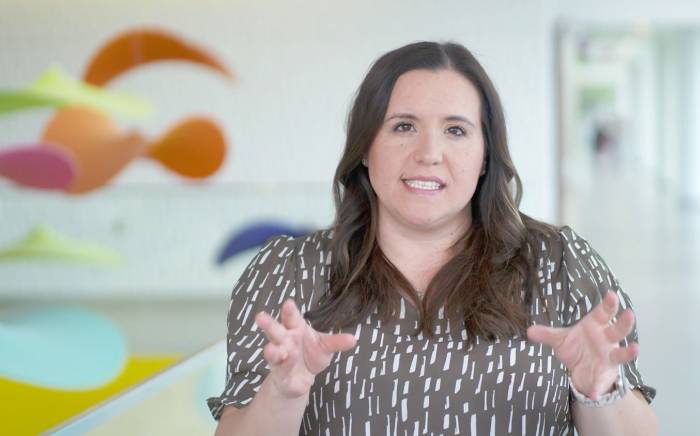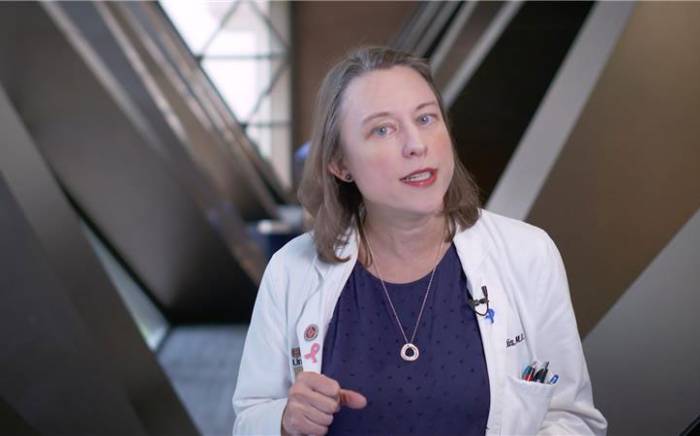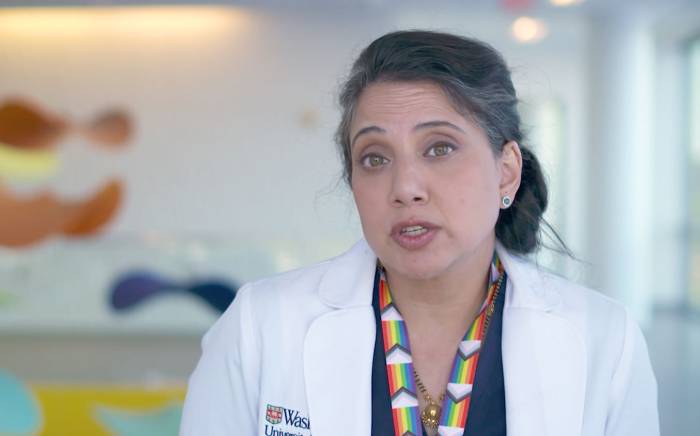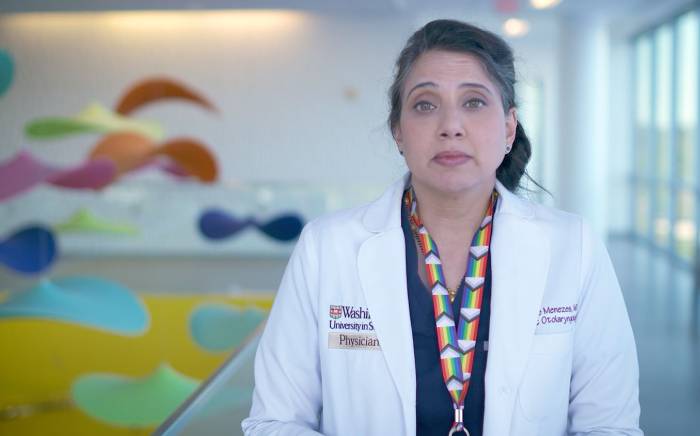What is Sever’s disease?
A syndrome of heel pain in skeletally immature individuals. The formal name is: calcaneal apophysitis. The pain is thought to arise from the growth plate (apophysis) and epiphysis.
How does it develop?
It is thought to be an overuse phenomena. Overloading of the apophysis by both traction (due to Achilles tendon) and compression (sue to weightbearing) have been implicated. Reversible pathologic alterations occur in the apophysis, which cause secondary pain.
What is an apophysis?
It is the growth plate and its bone, at the back of the heel bone (calcaneus), whose presence allows for longitudinal growth of calcaneus.
Who is most likely to be affected?
Children and adolescents who are in a growth spurt… typically boys 5-13 years old. 60% of patients have both heels involved.
What are the symptoms?
Chief complaint is heel pain which increases pain during running and jumping activities. Pain is localized to the very posterior aspect of the heel. Pain is elicited only with weightbearing. Mild involvement is present if pain is brought on only with running during sports. The symptoms can be severe, with pain (and possibly limp) with activities of daily living (ie walking).
Which sports are the most problematic?
Soccer, baseball, and basketball
Are x-rays important?
Yes, they can help rule out fractures, infections and tumors. There is no pathogenomic finding for Sever’s disease. Fragmentation and sclerosis (increased density) of the calcaneal apophysis is a normal finding.
What are the treatment options?
- Activity Modification: to decrease the pain, limiting sporting activities is essential. Cutting back on the duration, intensity, and frequency can significantly improve symptoms.
- Heel cord stretching is important if heel cord tightness is present.
- Heel cushions/cups or soft orthotics decreases the impact on the calcaneus by distributing and cushioning the weight bearing of the heel.
- Use of NSAIDS. Ibuprofen (Nuprin, Motrin) or naproxen (Aleve) can decrease pain and secondary swelling.
- Ice. Placing cold or ice packs onto the painful heel can alleviate pain.
- Short-leg cast. For recalcitrant symptoms a short-leg cast is occasionally used to force rest the heel.
How long does Sever’s disease last?
Typically 2-3 months. However, symptoms can last longer in some individuals and can recur over several years.
Are there any long-term problems associated with Sever’s?
To date no problems have been identified after Sever’s disease has resolved.









